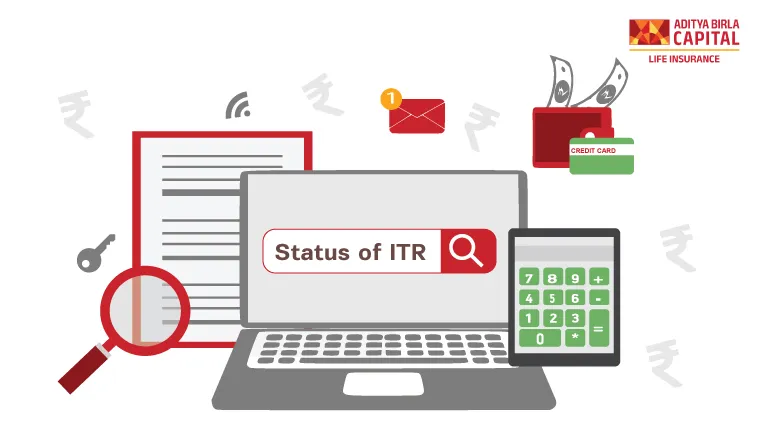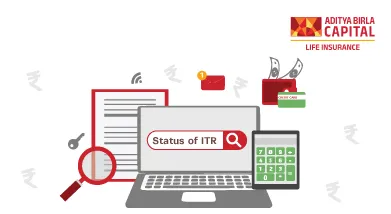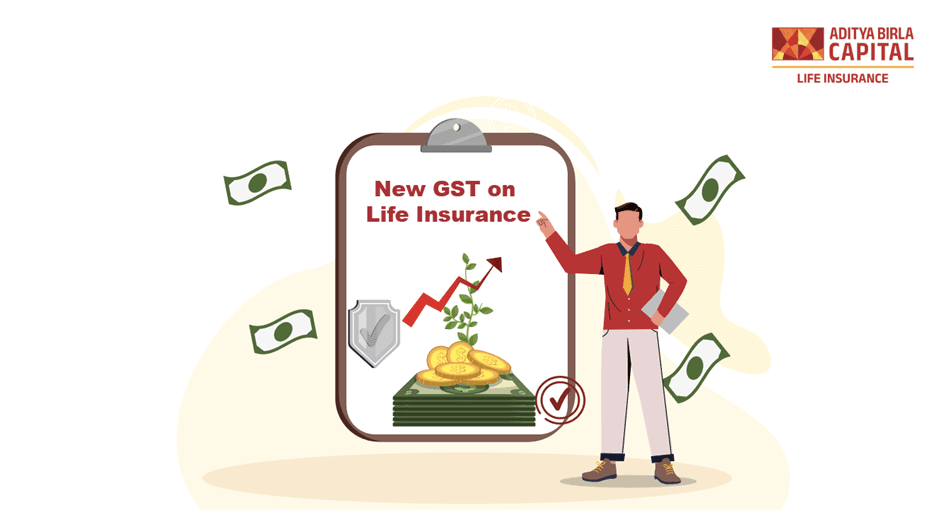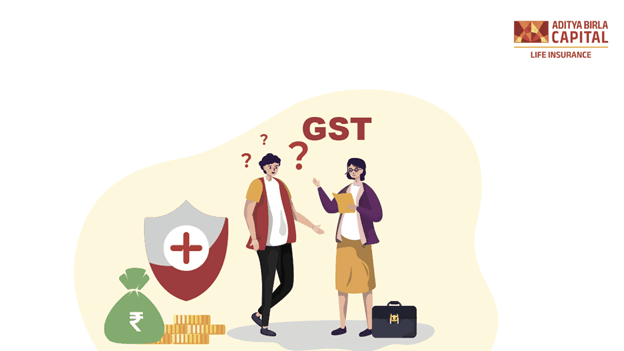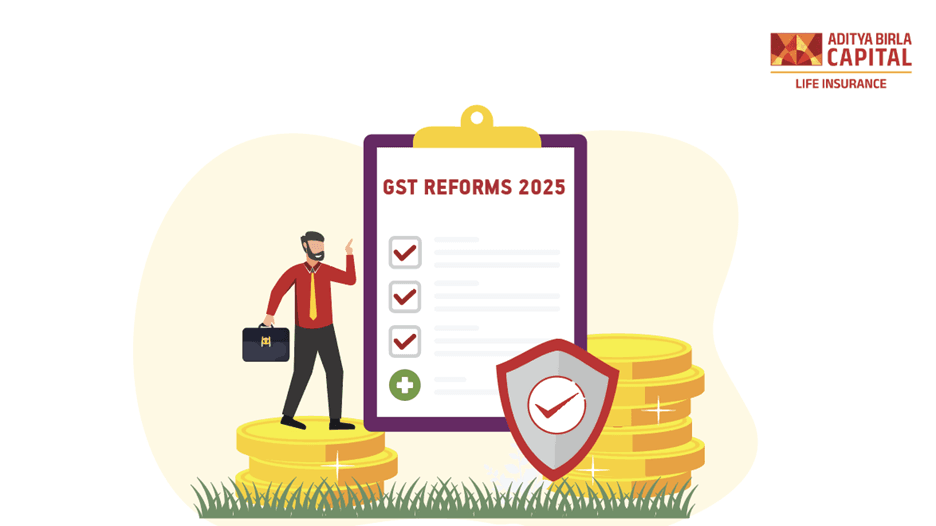A taxpayer must file an income tax return to the income tax department after each fiscal year, a statement of their income and the taxes they paid. Earlier, this activity was carried out offline; today, the entire procedure is done online.
The Income Tax Department's e-filing system can be used to submit income tax returns. This portal was created to give inhabitants of the nation single-window access to services linked to income tax.
What is a Tax Refund On Income?
An individual may occasionally end up paying more tax than they should. You may be eligible for an income tax refund, for instance, if progressive tax or tax deducted at source (TDS) exceeds the amount you are required to pay. ITR refunds are a technique to guarantee that you get any additional tax that you paid back.
Through online income tax refunds, the government has made this process simple. Once you have submitted your IT forms and validated them, it usually takes 20 to 45 days to collect your income tax refund. You should follow up with the Centralized Processing Centre if it takes longer (CPC). Online tracking of tax refunds is possible.
Refund Eligibility for ITRs
If the taxes you paid during a fiscal year were more significant than your actual tax due, you are qualified to obtain an income tax refund from the tax authorities. Some explanations as to why a taxpayer may have overpaid taxes include:
- Self-assessment-based advance tax payment exceeds actual tax liability.
- Employer's Tax Deducted at Source (TDS) deduction exceeds the tax liability
- Tax calculation error leading to larger tax payout than the actual tax due
- The double taxation of money generated abroad
However, you must accurately file your ITR and have it confirmed to receive a refund for the excess tax you paid.
How Should I Proceed If My Refund Is Not Processed?
After completing your ITR, the CDC typically processes income tax refunds 20 to 45 days later. If you haven't gotten your refund, the first thing to do is visit the e-filing portal or NSDL and see if it has been processed.
You may have to resubmit your returns, hold out a little longer, or get in touch with the jurisdictional assessing officer to learn the cause of the delay, depending on what it says. For any questions, you can contact the Notification and Processing Centre by calling 18001034455 or +91-80-46605200 from Monday through Friday, 8 AM to 8 PM. Another email address is refunds@incometaxindia.gov.in.
What Could Be The Cause Of The Delayed Income Tax Refund?
Delays in income tax refunds could occur for several reasons.
1. Not proven
If you submit an ITR but fail to confirm it, the ITR will not be processed further, and no refund will be given.
2. Mismatched Bank Account Number
Your refund may be delayed if you submit the wrong bank account number. You can submit a request for a refund reissue in this situation.
3. Postponed filing
If you filed your return beyond the deadline, your refund would also be delayed.
4. Erroneous calculations
The IT department would notify you and ask you to offer clarifications if you filled out your return with incorrect information. Your reimbursement will be delayed because the process is instead drawn out.
5. Return with Error
If you don't respond promptly to a section 139(9) mark that your return is defective, your refund will be delayed.
6. Return Updated
Your reimbursement will be delayed if you make an administrative error and have to revise your return.
7. Online validation
It becomes pretty evident that your reimbursement will be delayed if you have offline confirmed the returns by mailing them to Bangalore. Therefore, one should never choose offline mode but always select online.
Check the Status of an Income Tax Return Step by Step
The Income Tax Department will start processing the tax return after it has been filed and verified. If a refund is necessary, it won't be sent out until all the required steps have been taken. When finished, the status will read "ITR Processed."
The "status" of a tax return is often "Successfully Verified" or "Successfully e-Verified" following verification. While processing, the Income Tax Department will look for discrepancies between the taxpayer's reported income, the tax paid, and the information on file.
The Department then often sends a letter under Section 143 (1) informing the taxpayer of whether the submitted return has been approved or if there is any difference. The notice required by Section 143 (1) will include the excess tax due if the tax calculations disagree. If a refund is necessary, it will be indicated in the message.
The taxpayer may then check the status of their ITR after submitting their return. Here are some methods to accomplish that:
1. Without login, you can check the status of your income tax return.
a. The ITR Status check option can be found on the homepage of the Income Tax Department's e-filing website (on the left-hand side).
b. The visitor will be sent to a new page after selecting the ITR Status option. PAN, acknowledgement, and captcha numbers should be entered.
c. After providing the necessary information, the status will be shown on the screen.
2. Check the status of your income tax return using your login information
a. Visit the e-filing website for the Income Tax Department and log in with your credentials.
b. Select "View Returns / Forms" from the dashboard's menu. Select the income tax returns and assessment year from the drop-down menu, then click "Submit."
c. The status will be shown on the screen depending on whether the ITR has been processed or is still being validated.
3. NSDL Portal: Check Income Tax Refund Status
On the NSDL Portal, a person can also check the status of their income tax refund. Citizens from all over the country (except large taxpayer units) and returns processed at the Income Tax Department's Centralized Processing Centre in Bangalore can use the "Refund Banker Scheme." The generated refunds are sent to SBI's CMP branch in Mumbai (Refund Banker) for taxpayer distribution the day after processing.
4. Refunds are sent using one of two methods:
a. RTGS/NECS: Refunds can be credited immediately to the taxpayer's bank account using RTGS or NECS. Here, one must accurately specify their bank account, the bank branch's MICR code, and their communication address.
b. Paper Cheque: The correct address and bank account number must be given.
Ten days after the Assessing Officer has forwarded their refund to the Return Banker, taxpayers can check the status of their refund. The taxpayer must take the following actions to view the quality of their refund on the NSDL Portal:
a. Go to https://tin.tin.nsdl.com/oltas/refundstatuslogin.html as the first step.
b. Enter the Permanent Account Number (PAN), the Assessment Year (AY), and the information about the image displayed on the screen. When you are finished, press "Submit."
c. The screen will show the refund status.
When Can Taxpayers File a Refund Claim?
When the amount of taxes paid exceeds the amount of tax due, an income tax refund may be requested. This type of circumstance could arise for several reasons. A few of these are:
The employer typically subtracts taxes after accounting for all the employee’s supporting documentation. However, there may be instances where the employee cannot submit documentation for a small number of these investments before the end of the fiscal year, in which case the employer will proceed with a larger deduction. The employee can request a refund of the higher taxes paid by claiming the benefit of such an investment when completing their income tax return.
- Some people are not at all subject to the tax bracket. They wouldn't be required to pay any taxes as a result. However, they occasionally pay taxes on their income. When this occurs, those people can request a refund of the extra taxes that were withheld.
- When certain additions to a taxpayer's income are made during income tax proceedings, income tax officers may ask them to pay additional taxes. The appeal authority may remove these additions. As a result, the taxpayer will receive a refund for the taxes they would have paid.
Conclusion
The amount of your income tax refund is the difference between the actual amount you paid and the amount you owe. By disclosing all investments and deductions made in mutual funds, equity investments, term deposits, and other financial products, the taxpayer can benefit by saving their hard-earned money.

